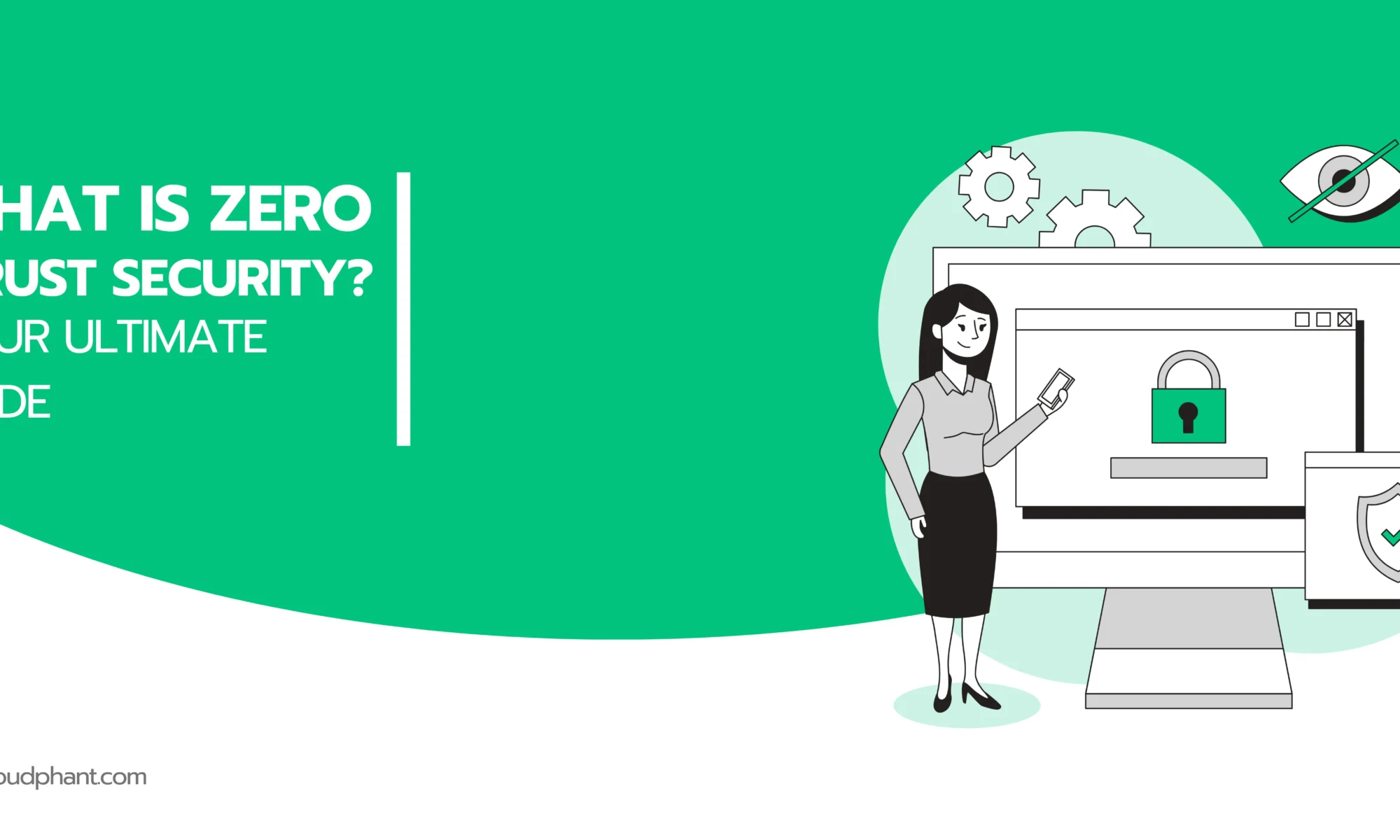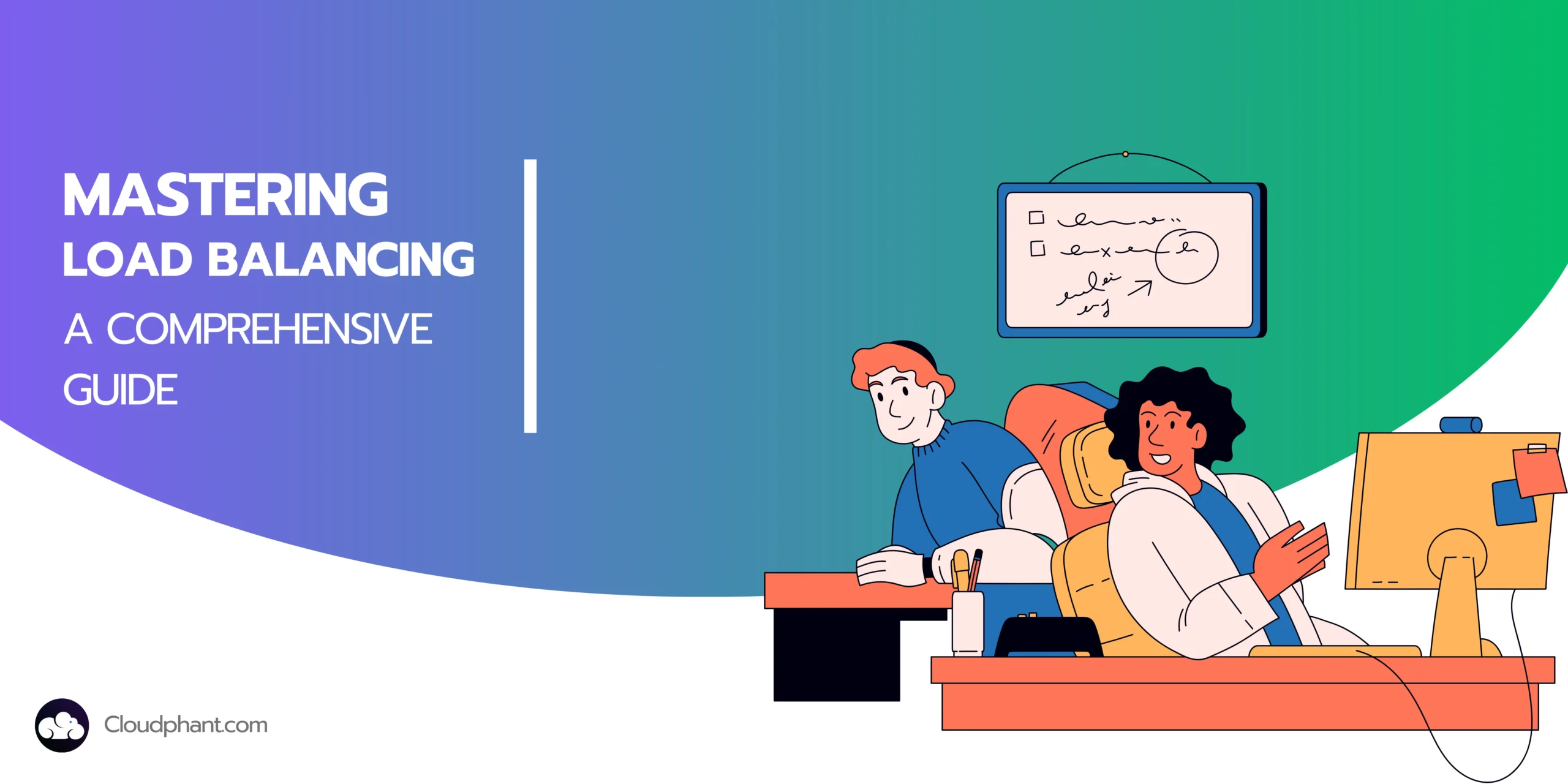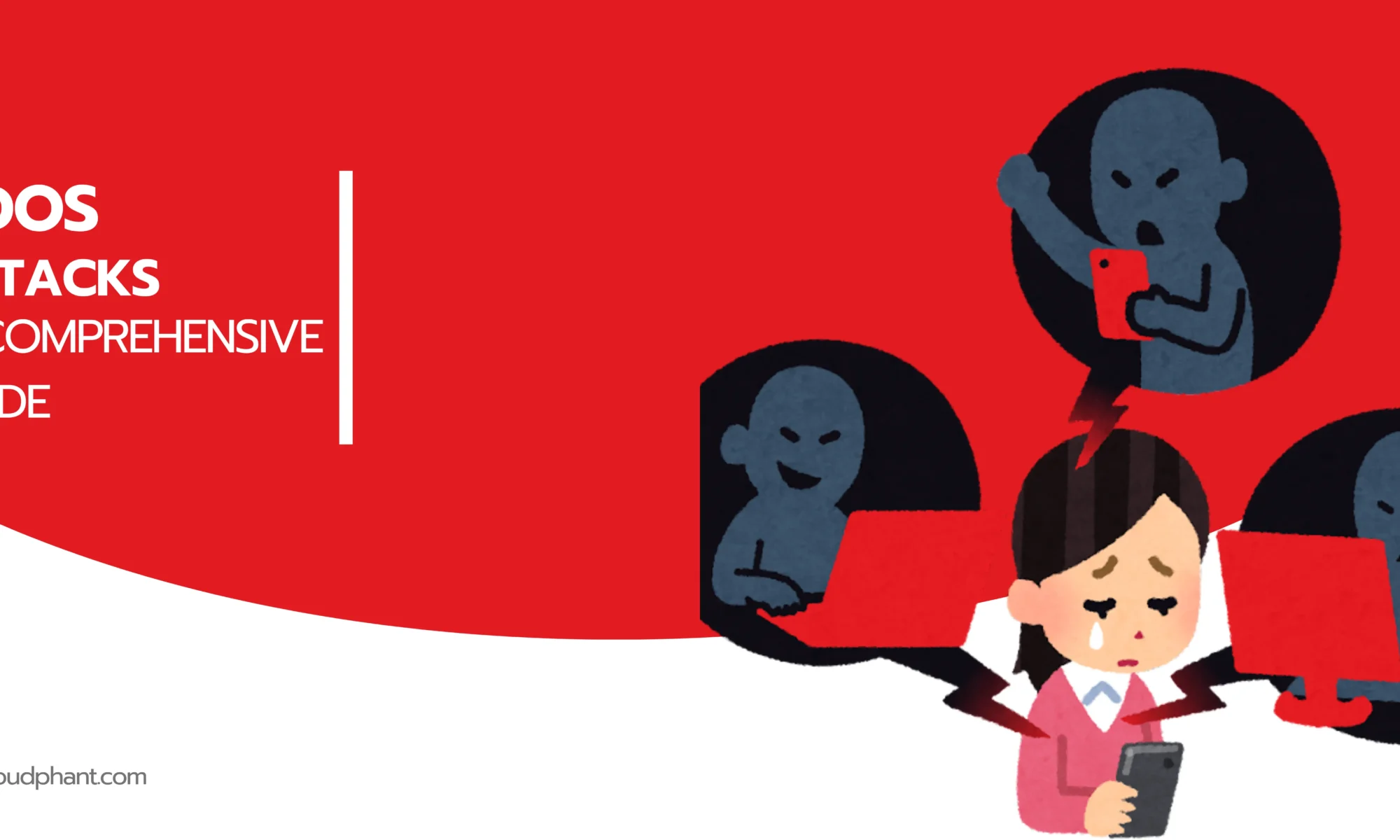What is Zero Trust Security?
Discover the transformative power of Zero Trust Security in this guide. Learn its core principles, implementation steps, and best practices to protect your digital assets from evolving cyber threats. Enhance your organization’s security with continuous verification, least privilege access, and robust incident response.
Traditional security models no longer suffice as cyber threats grow in sophistication and frequency. Enter Zero Trust Security, a revolutionary approach that transforms how organizations safeguard their digital assets. Zero Trust emphasizes the principle of “never trust, always verify,” ensuring robust protection in an era where breaches seem inevitable.
What is Zero Trust Security?
Zero Trust Security (ZTS) represents a paradigm shift in cybersecurity. Unlike traditional models that trust users within the network perimeter, Zero Trust assumes that threats could come from anywhere, internal or external. This model requires strict verification for every person and device attempting to access resources on a private network. Zero Trust mitigates the risk of internal and external threats by focusing on continuous authentication and minimizing implicit trust.
What are the Main Principles Behind Zero Trust?
Zero Trust operates on several core principles. First, it emphasizes explicit verification. This means authenticating and authorizing based on all available data points, including user identity, location, device health, service or workload, data classification, and anomalies. By continuously monitoring user activity, Zero Trust ensures that access remains appropriate throughout a session, reducing the risk of unauthorized actions.
Next, Zero Trust enforces the principle of least privilege access. It limits user access with just-in-time and just-enough-access (JIT/JEA), adaptive policies, and data protection to reduce exposure to sensitive data and operations. Role-Based Access Control (RBAC) assigns permissions based on users’ roles within the organization, minimizing unnecessary access and further securing sensitive information.
Finally, Zero Trust assumes that breaches are inevitable. By minimizing the blast radius for breaches and preventing lateral movement within the network, organizations can better contain and address security incidents. Techniques like micro-segmentation, which breaks down the network into smaller, isolated segments, help limit the impact of potential breaches.
Also Read | DDoS Attacks and Protection: A Comprehensive Guide
How Zero Trust Works?
Implementing Zero Trust involves several steps, each crucial for establishing a secure environment.
Identification: Organizations need to map their current network and its components to understand where sensitive data resides and how it’s accessed. Creating a comprehensive asset inventory of all devices, applications, and data within the network is essential. Additionally, classifying data based on its sensitivity and importance helps prioritize security measures.
Protection: This step includes enforcing access controls and implementing multi-factor authentication (MFA) across the network. Strong authentication methods ensure that only authorized users can access sensitive data. Applying access controls based on user roles and data sensitivity further enhances security.
Detection: Continuous monitoring and analysis of traffic for suspicious activity using advanced threat detection tools is vital. Behavioral analytics, which use machine learning to detect anomalies in user behavior, play a significant role in identifying potential security threats. Real-time monitoring tools provide visibility into network traffic and user activity, enabling quick responses to suspicious actions.
Response: A robust incident response plan is necessary to address threats immediately. Isolating affected segments and having an incident response team to handle security incidents are key components of this step. Conducting forensic analysis helps understand the cause and scope of breaches, aiding in prevention of future incidents.
Recovery: Regular backups and recovery processes must be in place to restore data and services post-incident. A disaster recovery plan helps restore operations quickly after an incident, and maintaining up-to-date backups of critical data minimizes downtime and data loss.
Also Read | What is DNS (Domain Name System)?
Benefits of Choosing a Zero Trust Architecture
Adopting a Zero Trust architecture offers numerous benefits. One of the primary advantages is enhanced security. Continuous verification minimizes the chances of unauthorized access, and regular reassessment of access permissions ensures they remain appropriate. Adaptive policies adjust access controls dynamically based on risk factors and context, providing a robust defense against evolving threats.
Reduced risk is another significant benefit of Zero Trust. Limiting user and device privileges curtails the potential damage from compromised accounts. By minimizing the attack surface and preventing lateral movement within the network, organizations can better contain and mitigate security incidents. Zero Trust frameworks often align with stringent regulatory requirements, making it easier to achieve and maintain compliance. This includes implementing controls to protect sensitive data and comply with regulations like GDPR and CCPA, and maintaining detailed logs of access and activity for compliance audits.
Improved visibility is also a key advantage. Detailed logging and monitoring provide better insights into user and device activities, helping to identify and address vulnerabilities swiftly. Comprehensive monitoring tools offer visibility into all network activity, allowing for quick detection and response to threats. Actionable insights from monitoring data inform security strategies and improve defenses.
Use Cases of Zero Trust
Zero Trust can be applied across various scenarios, each highlighting its flexibility and effectiveness.
- Remote Work: As remote work becomes the norm, Zero Trust ensures secure access to corporate resources from any location. Secure remote access is facilitated by ZTNA, which provides secure access to applications and data for remote employees. Device compliance ensures that remote devices meet security standards before granting access.
- Cloud Environments: Zero Trust secures data and applications across multi-cloud environments, addressing the dynamic nature of cloud resources. Cloud Security Posture Management (CSPM) continuously monitors and improves the security of cloud resources. Identity federation integrates identity and access management across multiple cloud platforms.
- Third-Party Access: Granting access to third-party vendors poses significant risks. Zero Trust limits access strictly to necessary resources, reducing exposure. Vendor management involves applying strict access controls to limit what third-party vendors can access. Ensuring that third-party vendors adhere to security policies and practices is crucial for maintaining security.
- Protecting Critical Infrastructure: For industries like finance, healthcare, and government, Zero Trust safeguards sensitive data and critical operations from sophisticated threats. Critical asset protection involves identifying and securing critical assets and systems to prevent disruptions. Advanced threat protection uses advanced threat detection and response tools to protect against targeted attacks.
Also Read | What is NGINX? All you need to know
What is Zero Trust Network Access (ZTNA)?
Zero Trust Network Access (ZTNA) is a critical component of the Zero Trust model. ZTNA provides secure remote access to applications and services based on granular access control policies. Unlike traditional VPNs, ZTNA ensures that each request for access is evaluated based on identity, context, and policy compliance, maintaining security even when users connect from untrusted networks.
ZTNA operates by establishing a secure, encrypted connection between the user and the application, bypassing the traditional network perimeter. This approach provides several advantages, including granular access control that limits exposure by granting access only to specific applications, not the entire network, and scalability, which allows organizations to easily accommodate remote workforces and cloud environments without compromising security.
What are the Main Zero Trust Best Practices?
To effectively implement Zero Trust, organizations should follow these best practices:
Adopt a Comprehensive Identity Strategy: Implement strong identity governance and administration (IGA) to manage user identities and their access rights. Automating the provisioning and de-provisioning of user accounts and access rights, and using strong authentication methods such as MFA and biometrics to strengthen identity verification, are essential components.
Implement Multi-Factor Authentication: MFA adds an extra layer of security, making it harder for attackers to exploit compromised credentials. Contextual authentication adjusts the level of authentication required based on risk factors like location and device, while adaptive authentication uses machine learning to analyze user behavior and adjust authentication requirements dynamically.
Use Micro-Segmentation: Divide the network into smaller segments to contain breaches and limit lateral movement. Policy-based segmentation involves creating and enforcing segmentation policies based on business needs and risk factors. Zero Trust segmentation applies Zero Trust principles to segment access within applications and data.
Monitor Continuously: Employ advanced monitoring and analytics to detect and respond to anomalies in real-time. Security Information and Event Management (SIEM) tools collect, analyze, and correlate security data from across the network. User and Entity Behavior Analytics (UEBA) detect anomalous behavior that may indicate a security threat.
Regular Audits and Updates: Continuously assess the security posture and update policies and controls to address emerging threats. Security audits identify and address security gaps, while policy reviews ensure that security policies remain effective against evolving threats.
Also Read | Edge Caching: Everything you need to know
Key Technologies Enabling Zero Trust
Implementing Zero Trust Security requires a suite of advanced technologies that work in tandem to create a robust and adaptive security posture. Below are the key technologies that enable Zero Trust:
Identity and Access Management (IAM)
Identity and Access Management (IAM) is the cornerstone of Zero Trust Security. IAM solutions manage user identities and control access to resources based on strict verification processes. They ensure that only authenticated and authorized individuals can access critical systems and data. Key features include:
- Single Sign-On (SSO): Simplifies the authentication process by allowing users to log in once and gain access to multiple applications and services.
- Multi-Factor Authentication (MFA): Adds an additional layer of security by requiring multiple forms of verification, such as passwords, biometrics, or security tokens.
- Role-Based Access Control (RBAC): Assigns permissions based on user roles, ensuring that individuals only have access to the resources necessary for their job functions.
IAM solutions provide continuous monitoring of user activities and can quickly revoke access if suspicious behavior is detected, maintaining a secure environment.
Security Information and Event Management (SIEM)
Security Information and Event Management (SIEM) systems play a crucial role in Zero Trust by providing real-time analysis of security alerts generated by applications and network hardware. SIEM systems collect, correlate, and analyze data from various sources to detect anomalies and potential security threats. Key capabilities include:
- Log Management: Aggregates logs from different sources to provide a comprehensive view of network activities.
- Real-Time Monitoring: Continuously monitors network traffic and user behavior to identify and respond to threats promptly.
- Incident Response: Automates the process of responding to security incidents, helping to mitigate potential damage.
SIEM systems enhance visibility and provide actionable insights, enabling organizations to detect and respond to threats more effectively.
Endpoint Detection and Response (EDR)
Endpoint Detection and Response (EDR) solutions focus on monitoring and securing endpoints such as desktops, laptops, and mobile devices. EDR tools provide real-time visibility into endpoint activities and employ advanced analytics to detect suspicious behavior. Key features include:
- Behavioral Analytics: Uses machine learning algorithms to analyze endpoint behavior and detect anomalies that may indicate a threat.
- Threat Hunting: Proactively searches for indicators of compromise (IoCs) across endpoints to identify potential threats before they cause harm.
- Incident Response: Provides tools to isolate infected endpoints and remediate threats, minimizing the impact of security incidents.
EDR solutions ensure that endpoints, which are often the target of attacks, remain secure and compliant with organizational policies.
Micro-Segmentation
Micro-Segmentation involves dividing a network into smaller, isolated segments to limit the lateral movement of attackers. By enforcing granular security policies at the segment level, organizations can reduce the attack surface and contain breaches more effectively. Key aspects include:
- Network Segmentation: Creates virtual network segments to isolate critical assets and restrict access based on security policies.
- Policy Enforcement: Applies security policies that define which segments can communicate with each other, based on the principle of least privilege.
- Visibility and Control: Provides detailed visibility into network traffic and allows for precise control over data flows between segments.
Micro-segmentation helps prevent attackers from moving laterally within the network, thus protecting sensitive data and critical systems.
Cloud Access Security Broker (CASB)
Cloud Access Security Brokers (CASBs) provide security controls for cloud services, ensuring that data remains secure as it moves between on-premises infrastructure and cloud environments. CASBs offer visibility, compliance, data security, and threat protection for cloud services. Key features include:
- Visibility: Provides comprehensive visibility into cloud usage, including shadow IT and unsanctioned applications.
- Compliance: Ensures that cloud usage complies with regulatory requirements and internal policies.
- Data Security: Protects sensitive data in the cloud through encryption, tokenization, and data loss prevention (DLP) capabilities.
- Threat Protection: Detects and mitigates cloud-specific threats, such as account hijacking and data breaches.
CASBs bridge the security gap between on-premises systems and cloud services, providing a unified security framework.
Zero Trust Network Access (ZTNA)
Zero Trust Network Access (ZTNA) replaces traditional VPNs with a more secure and flexible solution for remote access. ZTNA provides secure access to applications and data based on the principle of least privilege, ensuring that users can only access the resources they need. Key features include:
- Granular Access Control: Enforces access policies based on user identity, device health, and other contextual factors.
- Adaptive Security: Continuously assesses the security posture of users and devices, adjusting access permissions as needed.
- Secure Connectivity: Establishes encrypted connections between users and applications, protecting data in transit.
ZTNA enhances remote access security by providing precise, context-aware access controls.
Advanced Threat Protection (ATP)
Advanced Threat Protection (ATP) solutions use a combination of technologies to detect, prevent, and respond to sophisticated cyber threats. ATP systems employ machine learning, behavioral analysis, and threat intelligence to identify and mitigate advanced threats. Key components include:
- Threat Intelligence: Aggregates data from various sources to identify emerging threats and vulnerabilities.
- Behavioral Analysis: Monitors user and system behavior to detect anomalies that may indicate a threat.
- Automated Response: Uses automated workflows to respond to detected threats, minimizing the time to remediation.
ATP solutions provide comprehensive protection against a wide range of cyber threats, ensuring that organizations can defend against even the most sophisticated attacks.
By leveraging these key technologies, organizations can effectively implement a Zero Trust Security model, ensuring robust protection for their digital assets and maintaining a strong security posture in an increasingly complex threat landscape.
Also Read | A Guide to WordPress Security
Conclusion
Zero Trust Security is not just a trend but a necessity in today’s cyber threat landscape. By adhering to its principles and best practices, organizations can significantly enhance their security posture, protecting sensitive data and ensuring business continuity. Implementing Zero Trust requires a strategic approach, involving continuous verification, least privilege access, and a robust incident response plan. Embrace Zero Trust to secure your digital assets against evolving threats and maintain a resilient security framework.
In this comprehensive guide, we’ve explored Zero Trust Security, its principles, workings, benefits, and best practices. As you consider implementing Zero Trust in your organization, remember that it’s a journey, not a destination. Continual improvement and vigilance will keep your defenses robust against ever-changing cyber threats.
Recent Post
Mastering Load Balancing for Optimal WordPress…
Enhance your WordPress site's performance and reliability…
Cross-Site Scripting (XSS): A Comprehensive Guide
Discover the ins and outs of Cross-Site…
Understanding Web Application Firewall (WAF)
Explore Web Application Firewalls (WAFs): how they…





